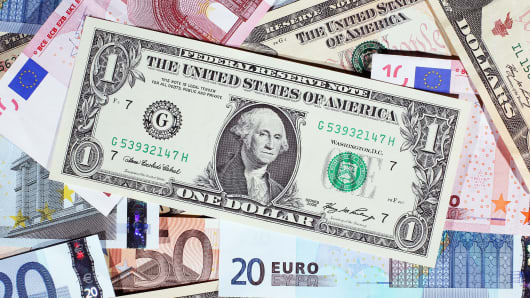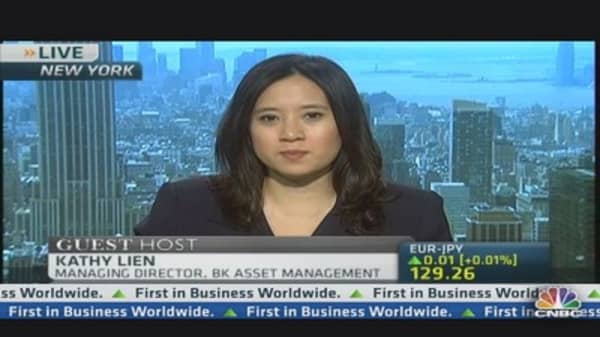The euro has been expected to fall against a broadly robust U.S. dollar for some time and it finally appears to be succumbing to sustained selling pressure, hovering around a three-month low.
What's changed for the single currency, analysts say, is a clear commitment from the European Central Bank at last week's policy meeting to keep interest rates low for some time – a policy that contrasts sharply with a Federal Reserve that could start unwinding its monetary stimulus later this year.
(Read More: Wall Street Bumps Up Fed Taper Forecast: CNBC Survey)
The euro hit a three-month low on Tuesday at about $1.2754 after Italy's sovereign credit rating was cut by ratings agency Standard & Poor's and ECB policymaker Joerg Asmussen was reported saying that the ECB's guidance on interest rates staying at record lows extends beyond 12 months.
Although the ECB issued a statement saying that Asmussen had not intended to give any guidance on the length of time that rates would stay low, strategists say the comments highlight the divergence between U.S. and European monetary policy.






